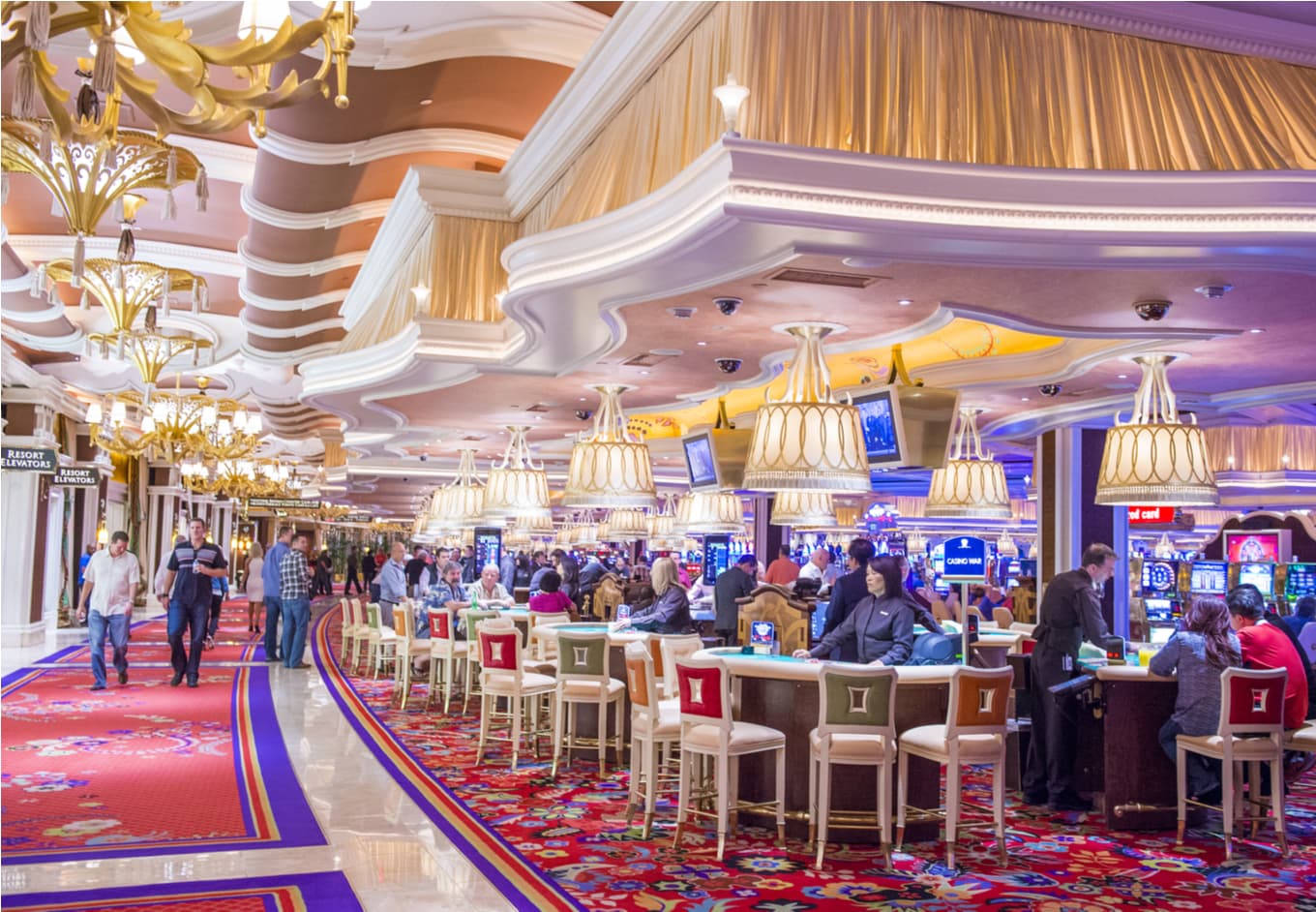In the lively and thrilling world of gaming establishments, wherein luck and strategy intertwine, color and aesthetic play a pivotal role in drawing in players. As soon as players step into a casino or log into a gaming website, they are enveloped in a visual feast that captures their attention and entices them to explore more. Bright colors, captivating graphics, and creative layouts are carefully crafted to create an environment of excitement and expectation, ultimately improving the gaming encounter.
As players navigate through the ever-changing landscape of casino games, they encounter a variety of designs that not only serve aesthetic purposes but also affect feelings and decision-making. Colors like red and yellow symbolize riches and luck, while calm blues and greens can create a much tranquil environment. Understanding how these elements work together allows casinos to create an welcoming and stimulating atmosphere that encourages players to engage with the games, invest additional time at the tables, and boost their overall enjoyment.
The Science of Color in Casino Games
Hue plays a critical role in the development of casino games, influencing players’ emotional states and responses. Vivid and striking colors, such as crimson and gold, are often used to ignite enthusiasm and draw attention. These hues create a sense of immediacy and energy, encouraging players to engage more eagerly with the experience. By intentionally selecting tints, designers aim to inspire feelings of satisfaction and expectation, which can enhance the total gaming experience.
Distinct hues also have psychological associations that can impact how gamblers perceive their possibilities of success. For case, green is commonly associated with fortune and prosperity, making it a frequent choice in activities like the roulette wheel and poker setups. This association can cause gamblers to feel more optimistic and self-assured in their gaming, ultimately inspiring them to wager more. Understanding these connections allows game developers to create environments that enhance player satisfaction and loyalty.
Furthermore, the interface of gambling game interfaces often utilizes blended colors and contrasting shades to instruct players’ actions. For case, successful results may be emphasized with bright, differing hues, creating a visual cue. This technique reinforces successful results and encourages repeated gameplay. By exploiting the science of color, casinos can design activities that not only draw players but also keep them engaged and dedicated in their game experience.
Design Elements that Attract Gamers
The visual appeal of gambling games is primarily influenced by the implementation of bold colors. Bright and contrasting colors are strategically chosen to create an appealing atmosphere that captures attention. For example, crimson and golds often signify luck and wealth, which is why they are common in the color schemes of slot machines and game surfaces. These colors not only attract players in, but they also stir emotions associated with excitement and expectation, enhancing the total gaming experience.
In addition to color, the aesthetic and layout of gambling games play a significant role in player attraction. Games are designed to be user-friendly, ensuring that players can easily understand the guidelines and gameplay. Accessible interfaces, along with captivating graphics and motion, help maintain player interest and promote longer play sessions. The physical elements, such as the texture of the buttons and the audio of the games, also contribute to a comprehensive sensory experience that keeps players immersed.

In conclusion, thematic elements in game design can significantly influence player choice. Many casino games are inspired by media, myths, or exploration motifs, incorporating symbols and characters that connect with players. These themes create a sense of immersion and relatability, making each game feel unique. When players feel a connection to the theme, they are more likely to choose that game over others, leading to increased participation and enthusiasm within the gambling environment.
Case Studies: Successful Gambling Table Game Designs
One key example of effective gambling game design is the well-known slot machine series themed around blockbuster movies. Games such as those based on the Wizard of Oz and Game of thrones utilize bright colors and high-quality graphics to enthrall players in familiar narratives. The employment of moving visuals and captivating sound effects captures the attention of players, building an psychological connection to the theme. 188bet This strategy merely promotes longer play but also boosts the overall gaming experience, resulting in increased player retention.
Another notable case is the application of color psychology in table games like blackjack and the wheel. Casinos often develop these games with deep reds and greens, colors traditionally connected with luck and wealth. For instance, the emerald felt on a blackjack table provides a relaxing effect, while the crimson accents in the wheel invite excitement. This deliberate use of color helps to foster an inviting atmosphere that stimulates players to join in, fulfilling their psychological impulses and enhancing their enjoyment.
Finally, online casino games that include community features and vivid, colorful designs have seen remarkable success in engaging players. Games like Zynga Poker and Slotomania leverage striking colors and playful animations to establish an inviting online environment. The integration of leaderboards, community sharing options, and in-game rewards fosters competition and community, pulling players in for longer sessions. Such designs merely make the games visually appealing but also highlight social interaction, a vital factor in player retention and engagement within digital casino environments.
